(Listen to the radio version here.)
In our many visits to the Kissimmee/Orlando area to visit our son, Russ and I have visited the Disney Wilderness Preserve several times. It’s out of the way and doesn’t open as early as I usually want to start birding, but it’s one of my favorite places in Florida. I love it because unlike everything else associated with the name Disney or anywhere near Orlando, this 11,500-acre preserve is managed by The Nature Conservancy. The entire focus is on The Nature Conservancy’s mission to protect vulnerable plants and animals and sensitive habitats, not what tourists might find fun or exciting. This is especially lovely and important where so very little natural habitat remains.
The Disney Wilderness Preserve is not the kind of place you bring small children or any family members who don’t relish central Florida’s natural open scrub habitat. There are no bathrooms, picnic tables, or places to fill water bottles except at the start of the trails near the visitor center.
The payoff after the long drive is totally worth it for those of us who yearn to get away from crowds of people and are happy to stand out in the sun and heat looking for such splendid birds as Bachman’s Sparrows and Red-cockaded Woodpeckers. Sometimes a pair of Sandhill Cranes walks in the open area near the buildings, and Wood Storks often fly overhead.
Nevertheless, to get even a glimpse at most of the wildlife here requires at least a bit of effort. Russ and I usually see gopher tortoises along the walk, but they are elusive. One guy in our Experience Kissimmee group saw one just as it was retreating into its burrow; the rest of us missed it. And on all my visits so far, I’ve yet to see one of the flagship species of the preserve and one of my favorite birds of all, the Florida Scrub-Jay.
As with just about all Nature Conservancy properties, the staff works hard on habitat restoration and preservation, maintaining a full 3,500 acres of restored wetlands, eliminating non-native, invasive plants and grasses there and in upland habitats, overseeing controlled burns in fire-dependent habitats, and using machines to remove excessive shrub and tree growth. Avian conservation work focuses especially on the Florida Scrub-Jay, an important Red-cockaded Woodpecker translocation program, and monitoring the Wood Stork rookery in the old growth bald cypress trees near Lake Russell. These species are all threatened and declining, so the importance of this preserve cannot be overstated.
On just about every visit there, I’ve seen dozens of Wood Storks flying overhead, but we’ve never hiked all the way to their rookery. The only Loggerhead Shrike nest I’ve ever found anywhere was here, right near the visitor center, and last time Russ and I were there I got my best-ever photos of Red-cockaded Woodpeckers (though that isn’t saying much).
I also got both photos and a nice sound recording of Bachman’s Sparrow.
Russ and I will keep coming back for all these possibilities and more. I bet eventually we’ll even see a Florida Scrub-Jay here.
Focusing finite resources on protecting such a large property leaves little time and energy for visitors. The Disney Wilderness Preserve isn’t open on weekends except on special occasions, and it isn’t just the buildings that are closed—the entrance gate a half mile or so from the parking lot and buildings is locked tight. Our Experience Kissimmee group had made special arrangements to visit early Saturday morning, April 15, but apparently there was some miscommunication, so we had to switch our schedule and return at midday when it was too hot for any birds to be singing. I left recording equipment in a good Bachman’s Sparrow spot just in case one piped in during our hike, but didn’t pick up any songs. Normally Russ and I would be leaving or taking a break with a cool drink about the time our group arrived, but even at midday, we ended up with 36 species including Swallow-tailed Kite and five different warblers.
If you plan to come to this vital oasis for central Florida’s natural wildlife, make sure you first visit the Disney Wilderness Preserve website to double check that it will be open, give yourself plenty of time to drive there to arrive as soon as possible after the gate opens, bring plenty of water and sun protection, and be prepared for a long hike and a bit of work to get good looks at the splendid wildlife. It may not be touristy, but if you’re anything like me, you’ll love it!


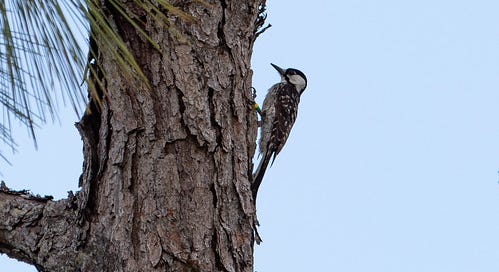



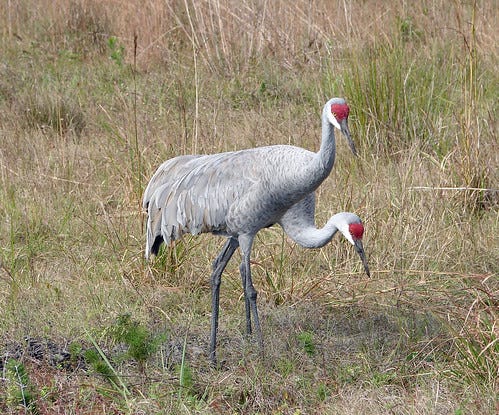
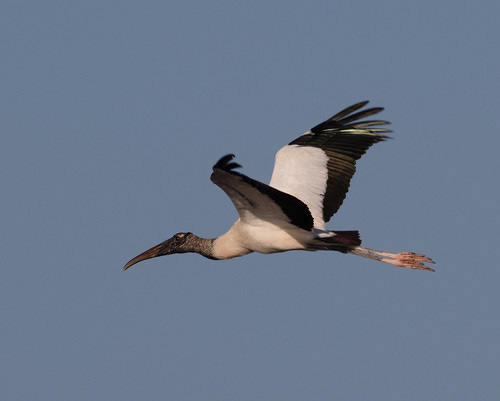
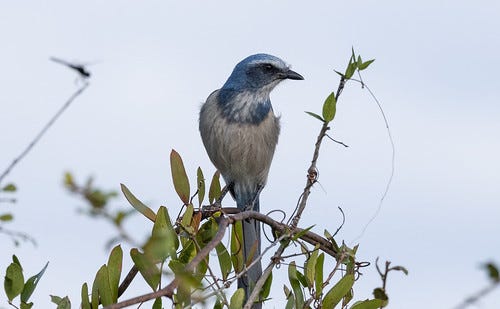
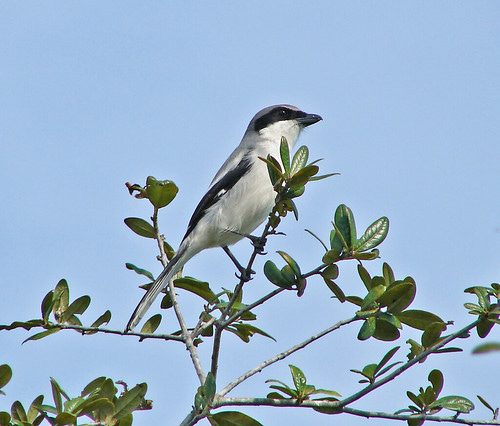
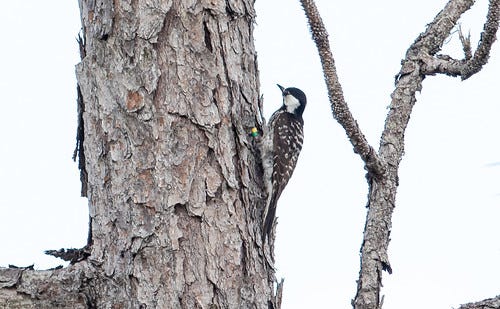
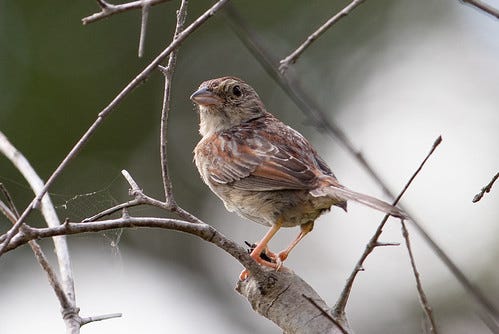
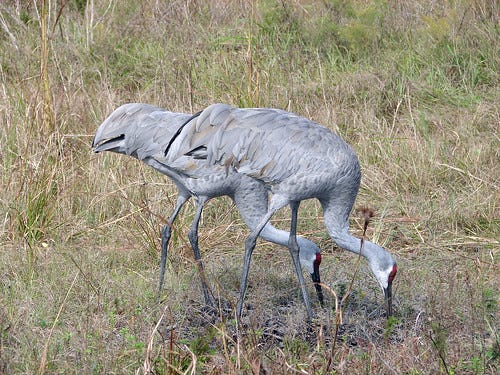
I'm learning more and more about amazing Nature Conservancy properties, and their work there. SO impressive, deserving of any/ all support by birders and others who care about worldwide natural environments. Thanks for highlighting this Florida wonder, Laura!